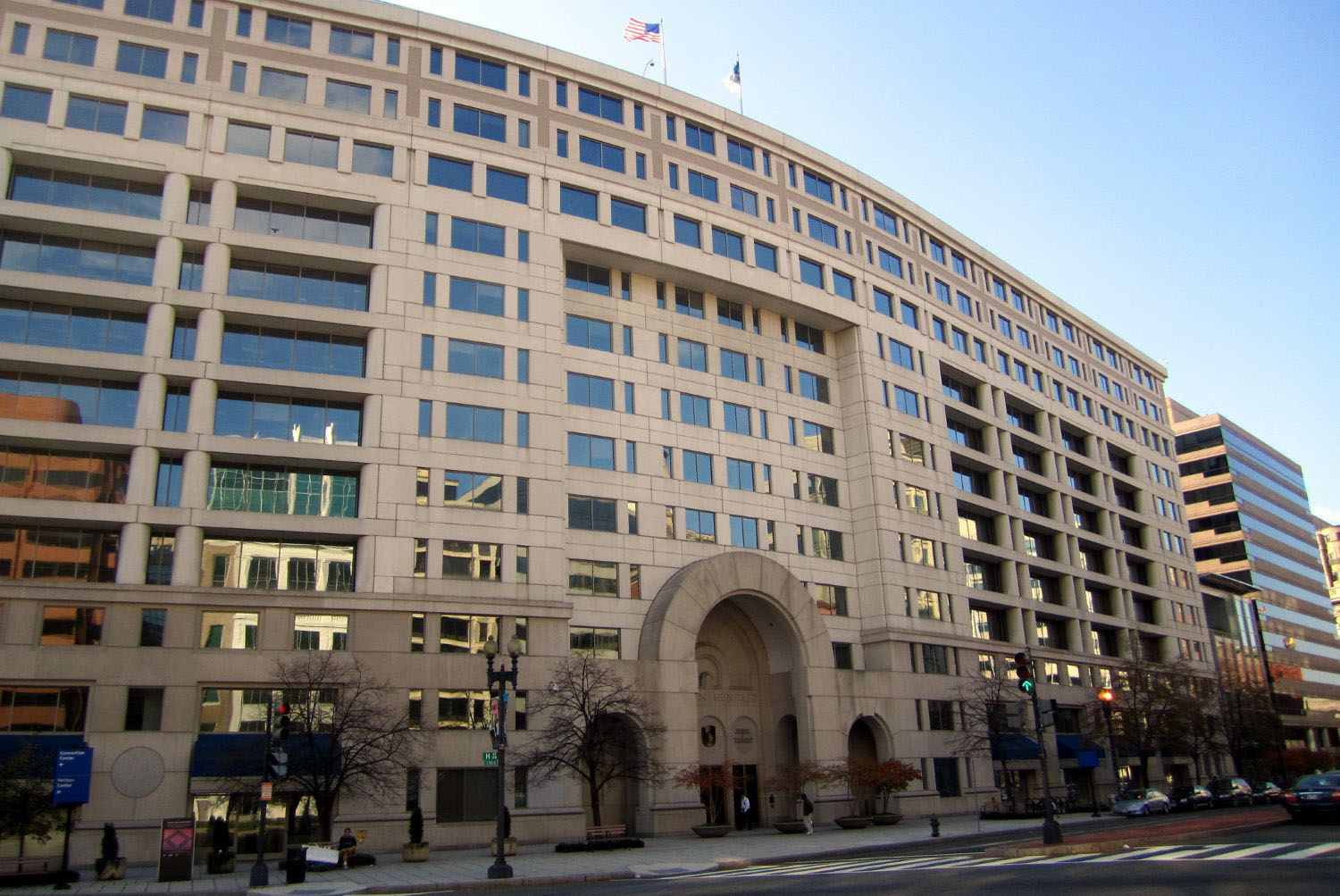Read the full statement in English and Spanish.
Featuring the members of the Latin-American Shadow Financial Regulatory Committee (CLAAF):
Guillermo Calvo, Professor, Columbia University; former Chief Economist, Inter-American Development Bank
Alberto Carrasquilla, Professor, Universidad de los Andes; former Minister of Finance, Colombia
Roque Fernandez, Professor, Universidad del CEMA; former Minister of Finance, Argentina
Pablo Guidotti, Professor, School of Government, Universidad Torcuato di Tella; former Vice-Minister of Finance, Argentina
Guillermo Perry, Professor, Universidad de los Andes; Former Minister of Finance, Colombia
Liliana Rojas-Suarez, President, CLAAF; Senior Fellow and Director, Latin America Initiative, Center for Global Development
Roberto Zahler, former President, Central Bank of Chile
For almost half a decade, the aggressive expansion of liquidity by advanced economies’ central banks aimed at reigniting growth has fueled a surge of capital inflows into Latin America. Under the influence of dizzying terms of trade and extremely low world interest rates, the region’s central banks tried to prevent excessive domestic credit expansion by increasing intervention in foreign exchange markets, raising reserve requirements and, in some cases, imposing capital controls. The role of fiscal policy remained extremely limited.
But, as key commodity prices appear to have peaked and growth in Europe remains non-existent is the current policy stance in the region appropriate? The CLAAF members will deal with this issue by addressing, among others, the following questions:
- Should Latin American countries continue with the current policy mix in the expectation that increasing global liquidity will eventually deliver growth in advanced economies, which will in turn support the region’s economic activity? What are the risks for the region’s financial stability if it continues down this path?
- If, alternatively, policymakers reduce barriers to capital inflows to boost economic activity, will they compromise the strength of the financial system?
- By implicitly pursuing multiple goals, do central banks run the risk of jeopardizing their credibility?
- If the advanced economies recover and global liquidity is drastically reduced, can Latin America deal with such reversal? What should be the priorities to assuage the effects of a sudden stop of inflows?
- Are low international interest rates inducing a mispricing of risk in Latin America?
More Reading





